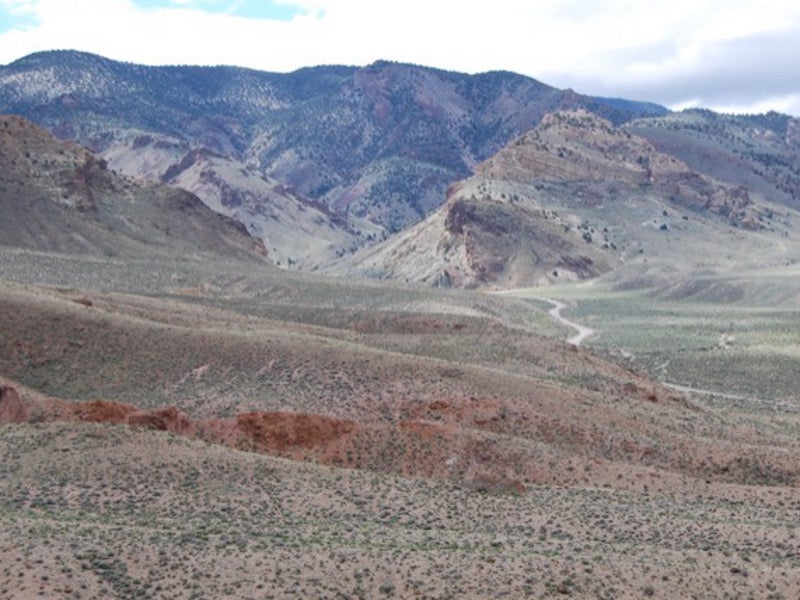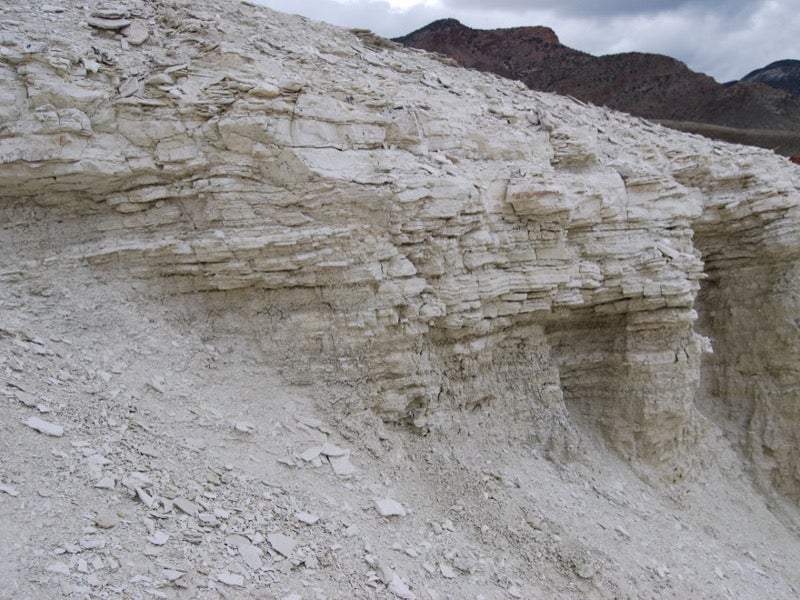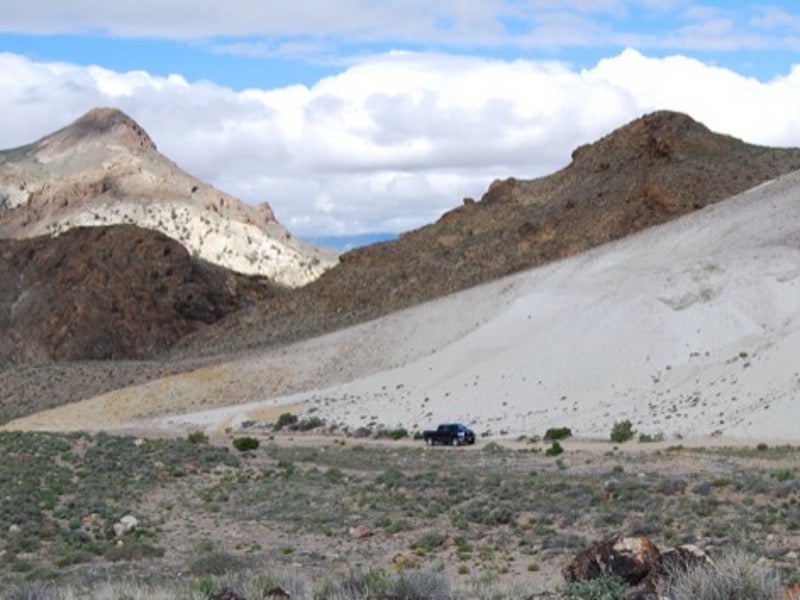The Rhyolite Ridge lithium-boron project is a greenfield open-pit project being developed on Federal lands in southern Nevada, US.
ioneer (formerly Global Geoscience), the developer, holds mineral tenements (unpatented mining claims) of the project through its wholly-owned subsidiary Paradigm Minerals USA (PMU).
The project is expected to produce 20,200 tons (t) of lithium carbonate in addition to 173,000t of boric acid a year during its 30-year operational life. The project construction is anticipated to create approximately 500 jobs.
Pre-feasibility study of the project was completed in October 2018, while the definitive feasibility study (DFS) is expected to be completed in the third quarter of 2019.
Construction is expected to be commenced by the third quarter of 2019 and is estimated to require a capital expenditure of $599m. The mine is anticipated to be commissioned by the third quarter of 2021.
Rhyolite Ridge lithium-boron project development
The project is being developed in two stages – a starter pit covering the first seven years and an expanded pit that will increase the mine life to more than 30 years.
The project will be developed in two stages, with the first one involving the starter pit during the first seven years of production. The second stage involves the development of an expanded pit, which is expected to extend the mine life to more than 30 years.
The project involves the development of a sulphuric acid plant, which will use advanced technology from MECS, a member of DuPont Clean Technologies. First boric acid from the pilot plant was produced in July 2019.
Approximately 3,500t of sulphuric acid a day is anticipated to be produced by the acid plant for the leach process, in addition to steam/heat for the processing plant. The excess steam generated will be used to generate approximately 50MW a year of carbon-free electricity.
Rhyolite Ridge lithium-boron project location, geology, and mineralisation
The Rhyolite Ridge lithium-boron project is located in Esmeralda County, Nevada, approximately 40 miles south-west of Tonopah. It is made up of two lithium-boron deposits namely North Basin and South Basin, which are located 4km apart.
The project is located near the western slope of the Silver Peak, which hosts a metamorphic core complex of intensely folded upper Precambrian phyllite, schist, and marbles.
The South Basin deposit hosts mineralisation within lacustrine sediments of the Cave Spring Formation of the Coyote Hole Group. It is exclusively restricted to two sequences of finely-bedded marls with a thickness of 20m-70m.
Lithium and boron can be easily extracted from the host rocks through the application of dilute sulphuric acid. Boron is hosted within the mineral searlesite, while lithium is found mostly as sepiolite.
Rhyolite Ridge project reserves
The Rhyolite Ridge project is expected to contain mineral resource of 4.1Mt of lithium carbonate and 10.9Mt of boric acid.
The South Basin is expected to contain 154Mt of lithium-boron ore grading 1,650ppm of lithium and 14,100ppm of boron, as of June 2019. It is estimated to contain 1.3Mt of lithium carbonate and 12.4Mt of boric acid.
The first stage of the project is expected to contain reserves of 15.8Mt, grading 1,900ppm of lithium and 12,200ppm of boron. It is equivalent to 160,000 tonnes of lithium carbonate and 1.1Mt of boric acid.
Mining method at Rhyolite Ridge project
The Rhyolite Ridge project is proposed to use conventional open-pit mining methods to produce ore.
The primary mining equipment to be used includes Komatsu PC3000 hydraulic backhoe excavators and HD785 trucks. The other mining fleet will include 21 90t haul trucks, two drills, two shovels, and associated support equipment and facilities.
The mining rate is expected to be increased up to approximately 20Mt a year during the second year, to meet the base case of a nominal 2.7Mt/y of process feed.
Ore processing
Run-of-mine (ROM) ore will be crushed and leached to produce a pregnant leach solution (PLS). The boric acid grades will be forwarded to the saturation point.
The resultant PLS will undergo a series of evaporation and cooling crystallisation stages, resulting in the crystallisation of salts of boric acid and metal sulphates. The boric acid is separated and purified from the sulphate salts to produce the boric acid product.
The lithium is expected to be soluble throughout evaporation and crystallisation processes and will be sent to lithium processing as high-grade lithium brine. Impurities from the brine will be purified and lithium will be precipitated as technical-grade lithium carbonate.
The technical-grade lithium carbonate will be further refined to produce a battery-grade lithium carbonate.
Infrastructure facilities
The project is easily accessed from the cities of Reno and Las Vegas. Proposals are being made to secure power supply from the power circuit, owned by NV Energy, running near the project site.
Contractors involved
Fluor was awarded the contract for preparing the DFS of the Rhyolite Ridge lithium-boron project, while Amec Foster Wheeler, a part of Wood, prepared the project PFS.
Veolia Water Technologies (Veolia) was awarded the contract to complete extensive test work as part of the Rhyolite Ridge DFS.
SNC-Lavalin is responsible for the engineering and design of the sulphuric acid plant of the Rhyolite Ridge DFS. RPM Global (RPM) was awarded the contract to conduct an initial mining study for the project.





